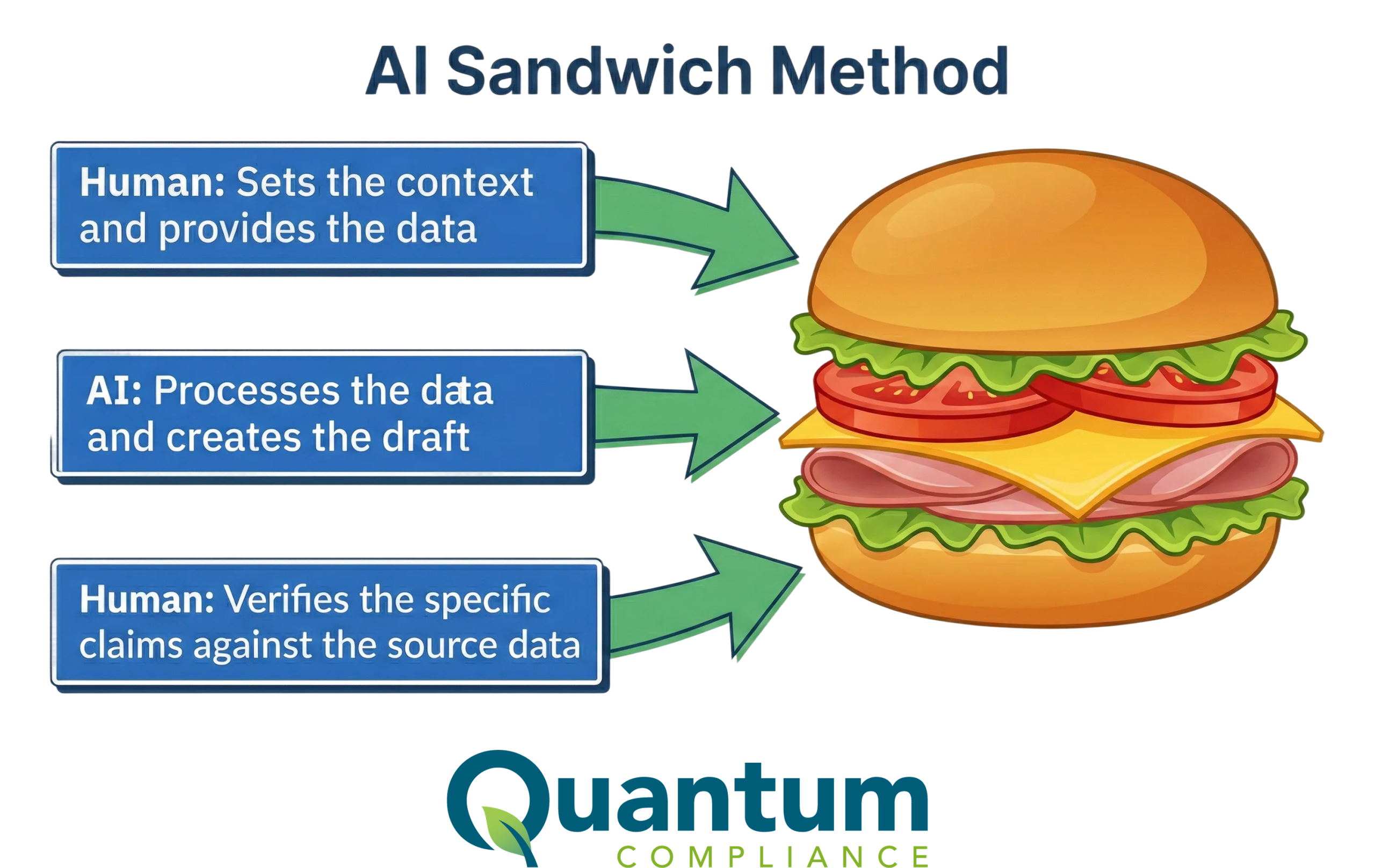The U.S. Department of Labor’s Occupational Safety and Health Administration (OSHA) enforces workplace safety in the United States. The Occupational Safety and Health Act of 1970 covers most private and public employers and their employees. To promote compliance with national safety regulations, OSHA randomly sends inspectors to various businesses and worksites.

Employee safety complaints can also trigger OSHA inspections. These inspections may detect violations of OSHA codes that range from minor to criminal.
There are six specific categories of OSHA violations, each of which is associated with a penalty:
1. De Minimis Violation
Not as serious as those affecting employee safety and health, a de minimis violation is a technical violation of OSHA rules that do not incur fines or issue citations. This is the least serious class of violations. Inspectors will verbally inform employers about de minimis violations and list them on the employer’s case inspection file.
Example: a ladder with 13 inches between rungs rather than 12 inches is a de minimis violation.
2. Other-than-serious Violation
This is a violation that has a direct correlation with job safety and health, but is unlikely to cause death or serious physical harm. The maximum penalty for each other-than-serious violation is $7,000. However, inspectors can choose not to levy a fine or reduce the penalty by as much as 95% depending on the employer’s good faith (demonstrated efforts to comply with OSHA standards), history of previous violations, and the size of business. When the adjusted penalty amounts to less than $100, no penalty is applied.
Example: failure to provide copies of safety regulations and failure to post required documentation in work areas is considered an other-than-serious violation.
3. Serious Violation
A serious violation occurs when there is substantial probability that death or serious physical harm could result and that the employer knew or should have known about the hazard and did not remedy the situation. A mandatory penalty of up to $7,000 is required for each serious violation. This amount can be adjusted based on the employer’s good faith, history of previous violations, size of business, and the gravity of the alleged violation.
Example: slipping and tripping on hazards, failure to provide adequate equipment training, electrical hazards, noise hazards, and exposure to hazardous chemicals are considered serious violations.
4. Willful Violation
When an employer knowingly commits a violation or commits with plain indifference to the law, it is considered a willful violation. The employer must either know that what they are doing constitutes a violation, or are aware that a hazardous condition existed and made no reasonable effort to eliminate it. Penalties for each willful violations can range from $5,000 to $70,000 depending on severity. Like other violations, the penalty can be adjusted downward depending on the size of the business and its history of previous violations. However, usually no credit is given for good faith. If an employee is killed, the violation becomes a criminal offense with a minimum fine of $250,000 for an individual or $500,000 for a corporation and potential imprisonment for up to six months.
Example: a fatal crushing accident because the employer did not implement adequate safety procedures for equipment that had caused prior crushing injuries is a willful violation.
5. Repeated Violation
If an employer has been previously cited for a particular violation and a subsequent inspection within the following five years reveals another identical or very similar violation, the employer has committed a repeated violation. The original citation must be final; a citation under contest may not serve as the basis for a subsequent repeated violation. Inspectors can fine the employer up to $70,000 for each repeated violation.
6. Failure to Abate Prior Violation
When an employer receives a violation citation, the citation includes a date by which the employer must remedy the situation. If the employer does not do so on the before the specified date, the employer is liable to be fined $7,000 for each day the violation continues beyond the prescribed abatement date.
When it comes to making sure you’re following all OSHA regulations, it is important to ensure your safety data sheets (SDS’s) are GHS compliant. Not converting to GHS compliance could result in minor de minimis violations, to much more serious violations that could cost you and your company thousands of dollars. Quantum can help you convert your material safety data sheets (MSDS’s) to GHS SDS format and help you take the first step in ensuring workplace safety.
Please visit https://www.osha.gov/ with additional questions or concerns on specific regulation questions. With any questions about SDS conversion or GHS compliance, contact a Quantum Compliance expert at 734 930 0009 x 307.







